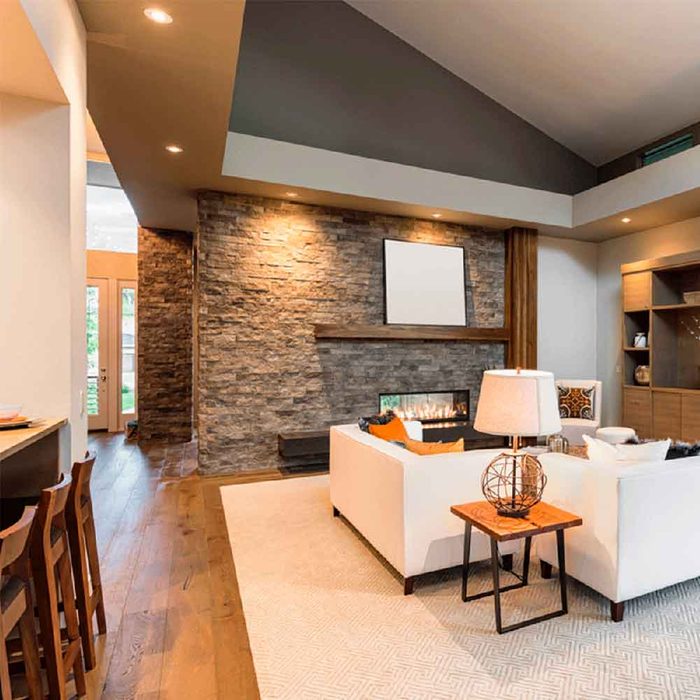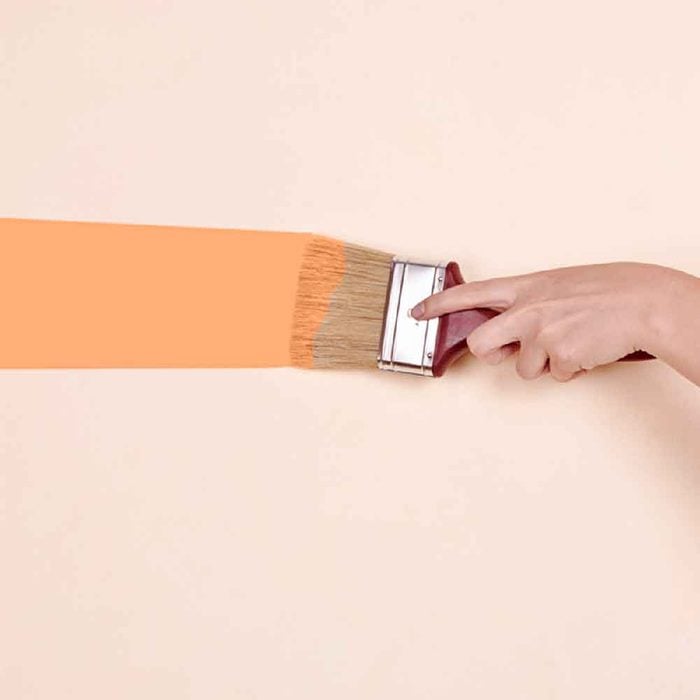3
/
10

Go with the flow
The colors you choose for each room should go together. This is especially important for adjacent rooms and transitional spaces such as hallways. This photo shows that three different colors can work together if there is a theme tying them together. In this case, the wall colors play off of the earthy tones of the fireplace.
4
/
10

Get a sample first
Almost all paint companies now have sample sizes that are perfect for testing colors. Due to factors such as lighting, wall texture and other colors in the room, paint can often look completely different in your home than it does on a paint chip. It could save you time and money if you change your mind on a color!
5
/
10

Pay attention to color collections
Many paint brands work with designers, artists and other experts to come up with color collections for every room in the home. They hand-select combinations of colors that work beautifully together, taking the frustrating guesswork out of the equation for homeowners.
6
/
10

Consider the lighting
Different light bulbs produce variations of colors in a room. Same goes for different times of day, if a room relies on windows for light. Generally, incandescent bulbs make colors appear warmer while fluorescents tend to make colors appear cooler. Natural light reflects the truest color, which dims as the sun sets.
7
/
10

Visualize with high-tech tools
There are many apps available that can help you to visualize different colors in your rooms before you break out the paint! Take photos of your rooms and change the wall colors right on your smartphone or tablet. Apps from paint companies are especially useful because they feature specific colors available in stores.
8
/
10

Research color psychology
You can use color to evoke different emotions and moods throughout your home. For example, green is a great color for a bathroom because it feels fresh, clean and tranquil. The bathroom shown in this photo invites calm and relaxation—just add some nature sounds and it's like a spa at home!
9
/
10

Know the undertone
When choosing color, especially neutrals, it's important to know the undertone. Light gray, for example, can have undertones of pink, yellow, blue, green, etc., that you can't really see until it's covering an entire wall. The best way to find the undertone is to look at the darkest color on the strip in a fan deck. Then you can be sure your colors have aesthetically pleasing undertones.
10
/
10

Be brave with color
Incorporating a bold paint color is an easy and inexpensive way to add some pizzazz to your home. But that doesn't mean you should paint an entire room hot pink! Instead, choose just one accent wall to paint a bold color that still works well with the other colors in the room. It's a great way to create an instant focal point.
Originally Published: June 09, 2017

